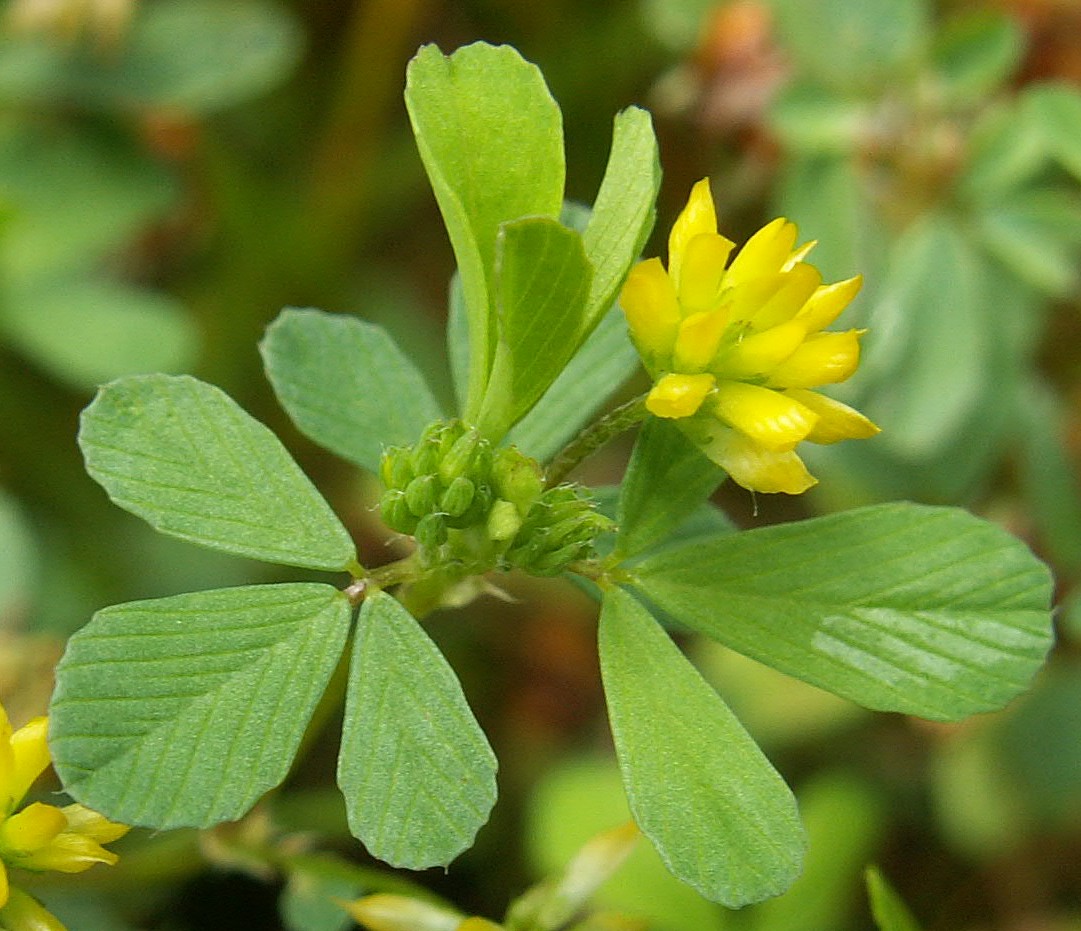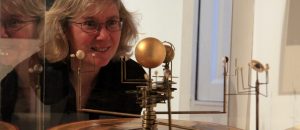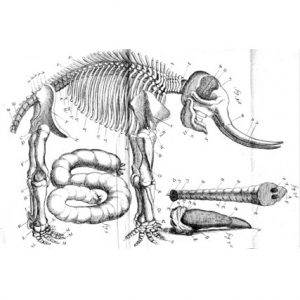First published in The Irish Times March 15, 2012
You might wear a sprig of ‘shamrock’ this St Patrick’s day — but did you know, there is no such thing as ‘shamrock’?
The tradition of wearing shamrock dates back centuries, and the small, three-leafed (or trefoil) plant is famously a symbol of Irishness. Yet, it’s a bit of a sham because – whisper it! – there is no such thing as ‘shamrock’.
Wearing of the green
For centuries, shamrock was a salad: a green leaf that, like watercress, the ‘wild Irish’ liked to eat.
The earliest reference to the ‘wearing of shamrock’ was in 1681, when an English traveller, Thomas Dinely, published an account of his travels in Ireland. Dinely wrote that, on March 17th:
“… the vulgar superstitiously wear shamroges… [a] three-leaved grass which they likewise eat to cause a sweet breath”.
——————————————————–
What does shamrock taste like?! Join our special St Patrick’s weekend Dublin guided tour of Irish ideas and inventions — we’ll have a tasty nibble for you along the way!
———————————————————
For an explanation as to why people should wear shamrock on St Patrick’s day, we have to wait another 50 years, and an account by another English man, with the wonderful name of Caleb Threlkeld.
Threlkeld was a Dissenting minister and doctor from Cumberland, who came in 1713 to a parish in the Dublin Liberties, and went on to compile the first book about Irish plants. His Synopsis Stirpium Hibernicarum, or A Short Treatise of Native Plants, was published in 1726, and helpfully includes each plant’s English, Latin, and Irish name, as well as medicinal uses and interesting anecdotes.
Excess in liquor & debauchery
For white clover, Threlkeld writes:
“This plant is worn by the people in their hats on the 17th day of March yearly which is called St Patrick’s day. It being the current tradition that by this 3-leafed grass [Patrick] emblematically set forth the mystery to them of the Holy Trinity.”
Adding:
“However that be, when they wet their Seamar-oge, they often commit Excess in Liquor, which is not a right keeping of a Day to the Lord… generally leading to debauchery”.
According to the National Botanic Gardens director, Dr Matthew Jebb, this is the earliest written reference that explains St Patrick’s connection with shamrock and the Holy Trinity.
If shamrock was popular on hats in 1726, that was nothing to how popular it would become over the next century, sprouting up everywhere in art and sculpture, decorations and architecture, even on coins. The harp may be Ireland’s official emblem, but the shamrock soon became the one most popularly associated with the country. By the early 1800s, however, scientists and linguists had begun to debate the very nature of shamrock.
Which clover is it?
There were fanciful linguistic suggestions that the name Shamrock was originally Persian, but the word simply means ‘young clover’ (seamair óg). However, three very different clovers grow in Ireland, so which one is it? The small yellow-flowered Trifolium dubium? The larger, white-flowered T. repens? Or the even bigger red-flowered T. pratense?
Or something else entirely? Seamsóg is the similar-sounding Irish name for wood sorrel (Oxalis acetosella), sometimes known as sourgrass and – here’s a clue – ‘false shamrock’.
So, in the 1890s a Dublin naturalist set out to answer the question. Nathaniel Colgan began his detective work by writing to clergymen around the country, and asking for people to send him rooted samples of ‘shamrock’ at St Patrick’s day.
According to Dr Jebb, Colgan received dozens of samples, all trefoil plants that looked much the same. Colgan planted the rooted specimens and waited patiently till they flowered in early summer, at which point they could be identified.
Colgan found that he had five very different species, all of which were used around the country as shamrock: the yellow, white and red clovers (in that order of popularity); also wood sorrel; and a small herb called black medic (Medicago lupulina), like a cross between a clover and a small creeping buttercup. Yellow clover was common in the southeast, and white clover in the north-west.
No national flower?
The timing of St Patrick’s day in early spring is crucial in this botanical mix-up, according to Dr Jebb, as none of the five species is in flower in March. “With just their leaves they all look the same. Actually, when people see the small yellow clover later in the year, they think it’s such an insignificant flower!” He believes that this explains why Ireland has no national flower, though we do have an (unofficial) national plant.
In 1988, a century after Colgan’s detective work, another naturalist repeated his shamrock experiment. Dr Charles Nelson again asked people around the country to send in shamrock specimens. Again, the same five species turned up – even though few people get their shamrock in the wild now, as they would have done in Colgan’s day – and the most popular was still yellow clover.
Official & legal ‘shamrock’
There may be no ‘scientific’ shamrock species, but the Department of Agriculture had to nominate an ‘official’ one
for commercial licences to companies that export shamrock. It chose the most popular species, yellow clover (T. dubium) – something you can easily check, if you buy one and plant it out, and check the flower in summer.
This botanical puzzle also has implications for the timing of St Patrick’s day. In the 1960s, the then government thought of moving the national holiday to summer, in hope of better weather. Just as well they didn’t: there’s lots of clover in July, but you won’t find any ‘shamrock’ then!
. . .
Find lots more ingenious Irish stories in our MP3 downloads and app — you can try them for free! — and our ebook Ingenious Dublin, is packed with fascinating stories and places to visit.











[…] Finally, for St. Patrick’s Day, a quick roundup of some blogs on subjects with Irish links. On The H Word Rebekah Higgitt explored Jonathan Swift’s satirical attacks on the Royal Society and Isaac Newton, while Collette Kinsella highlighted the often-overlooked John Tyndall. Unfortunately for the 17 March souvenir trade, Mary Mulvihill revealed on Ingenious Ireland that there’s no such thing as shamrock. […]